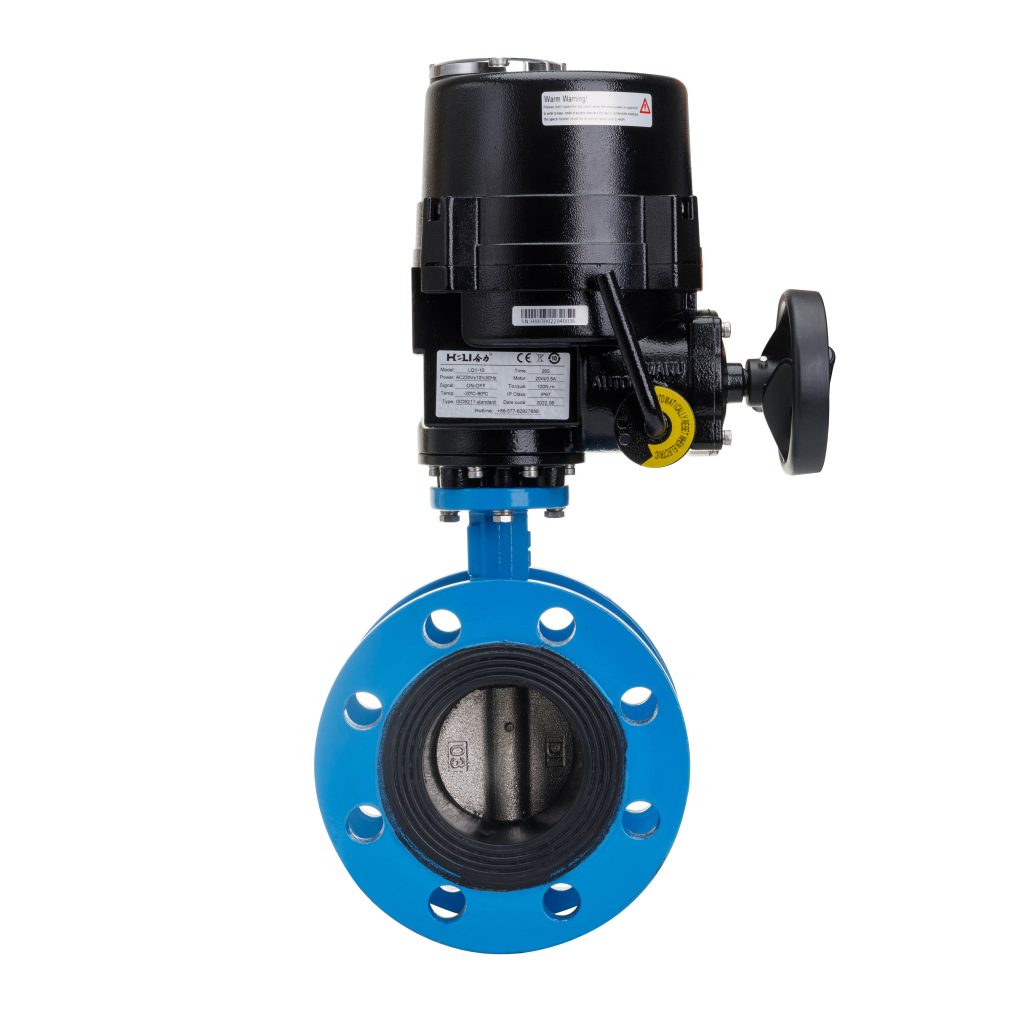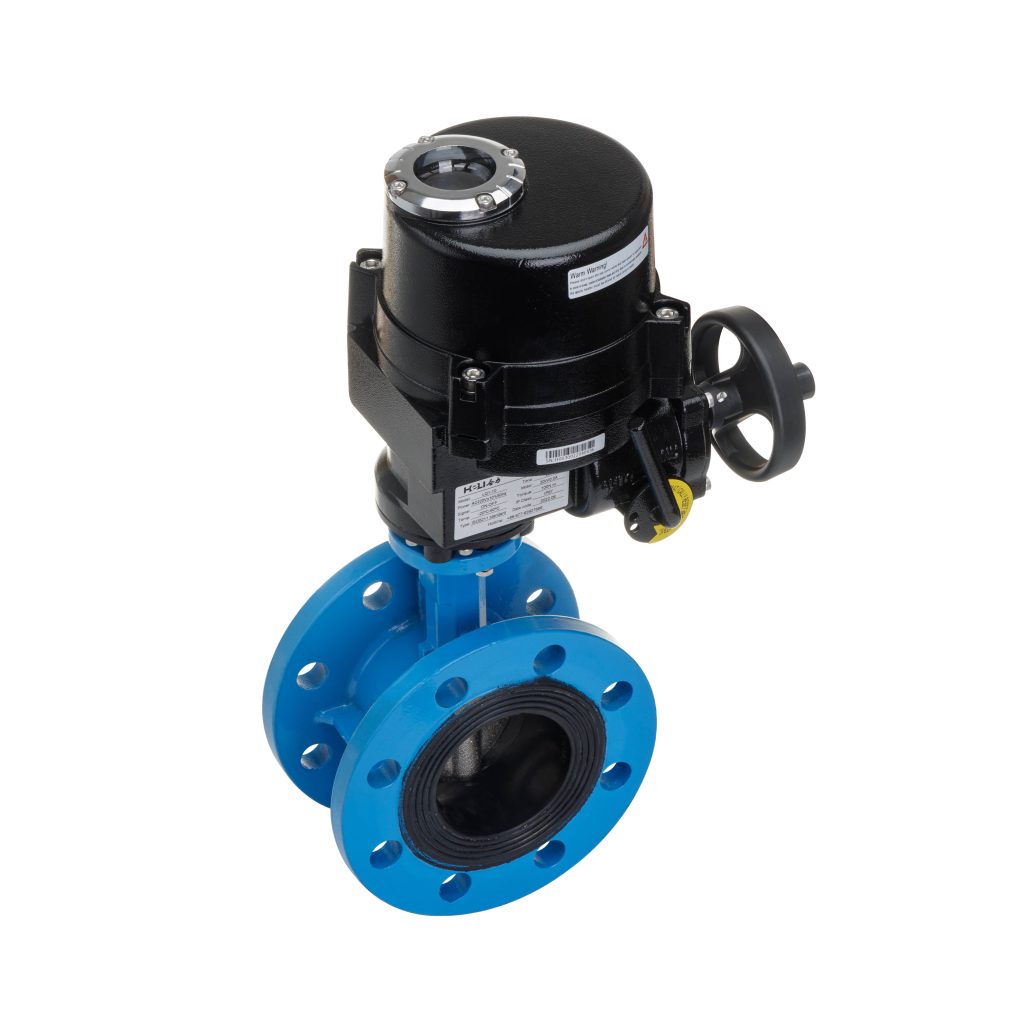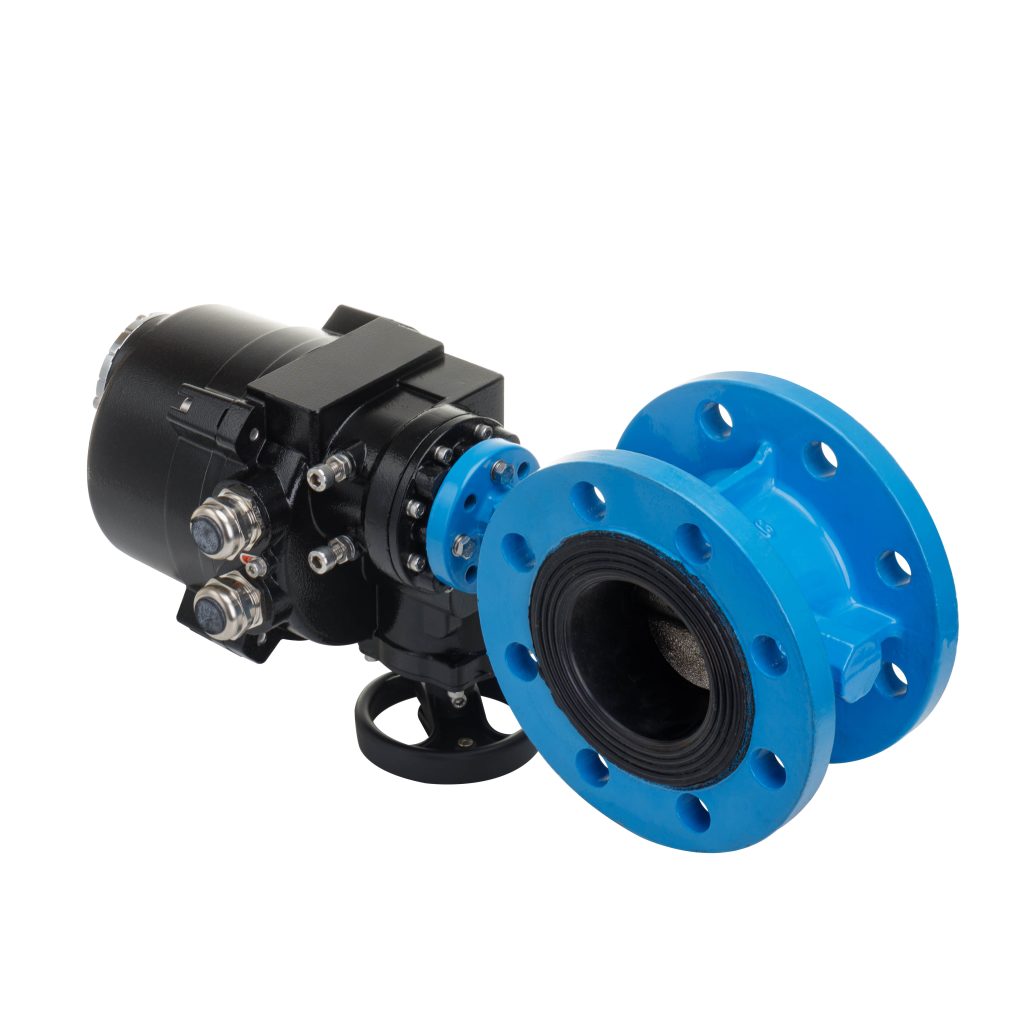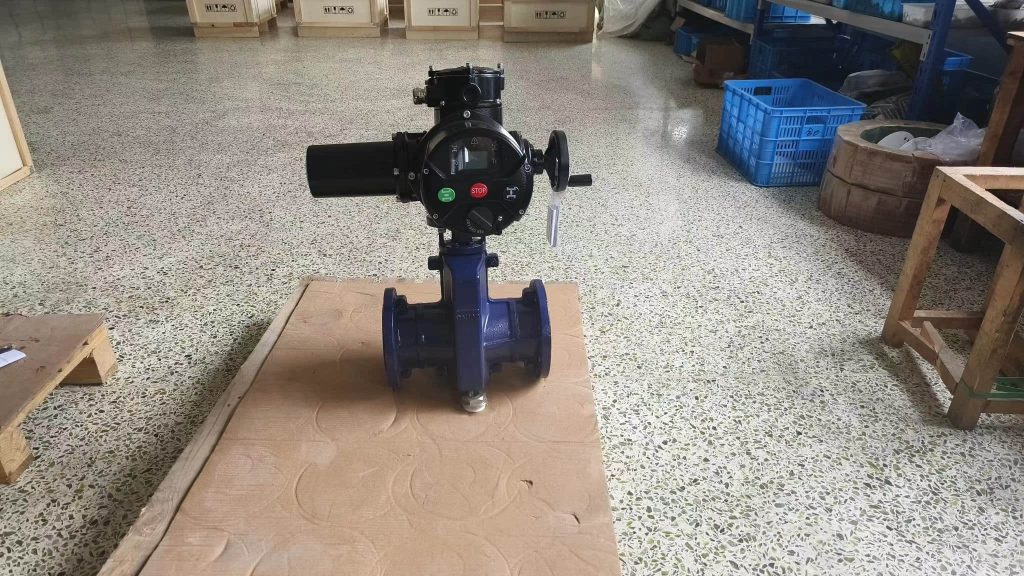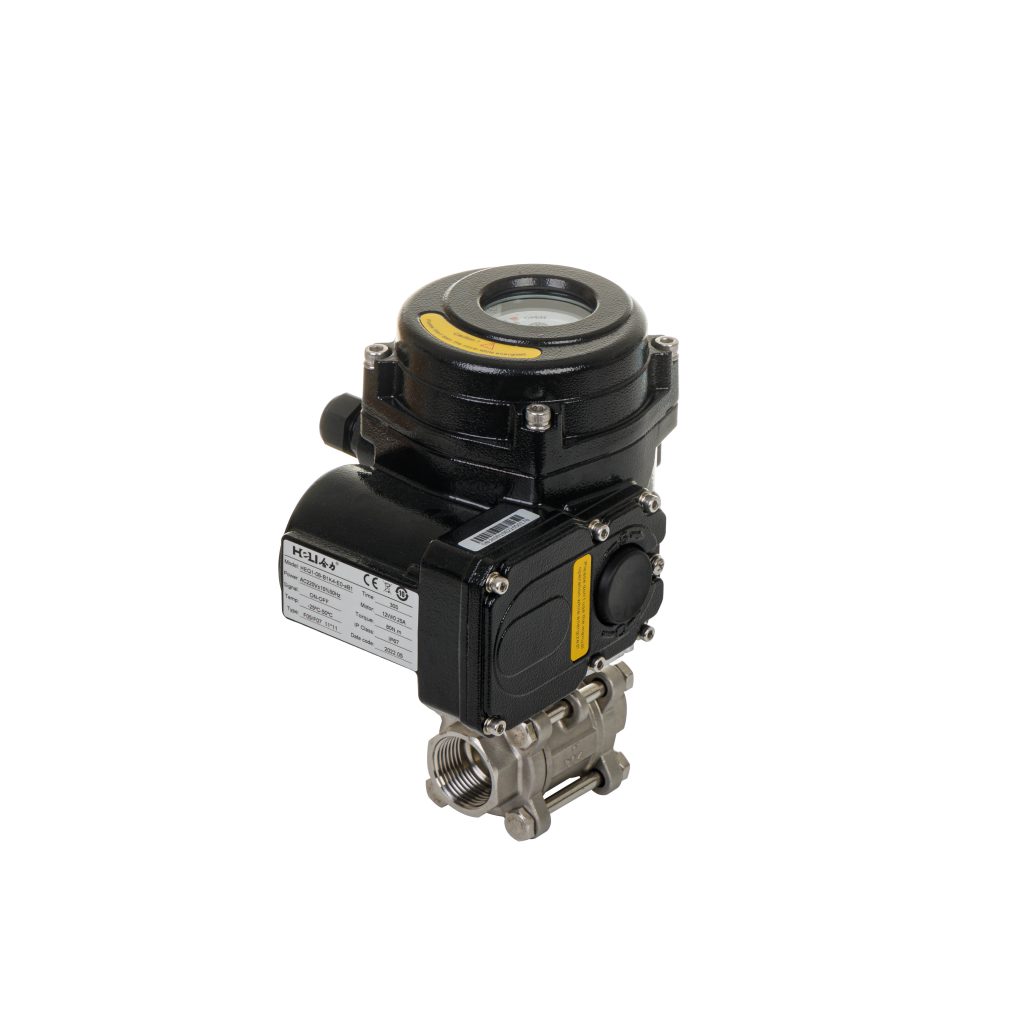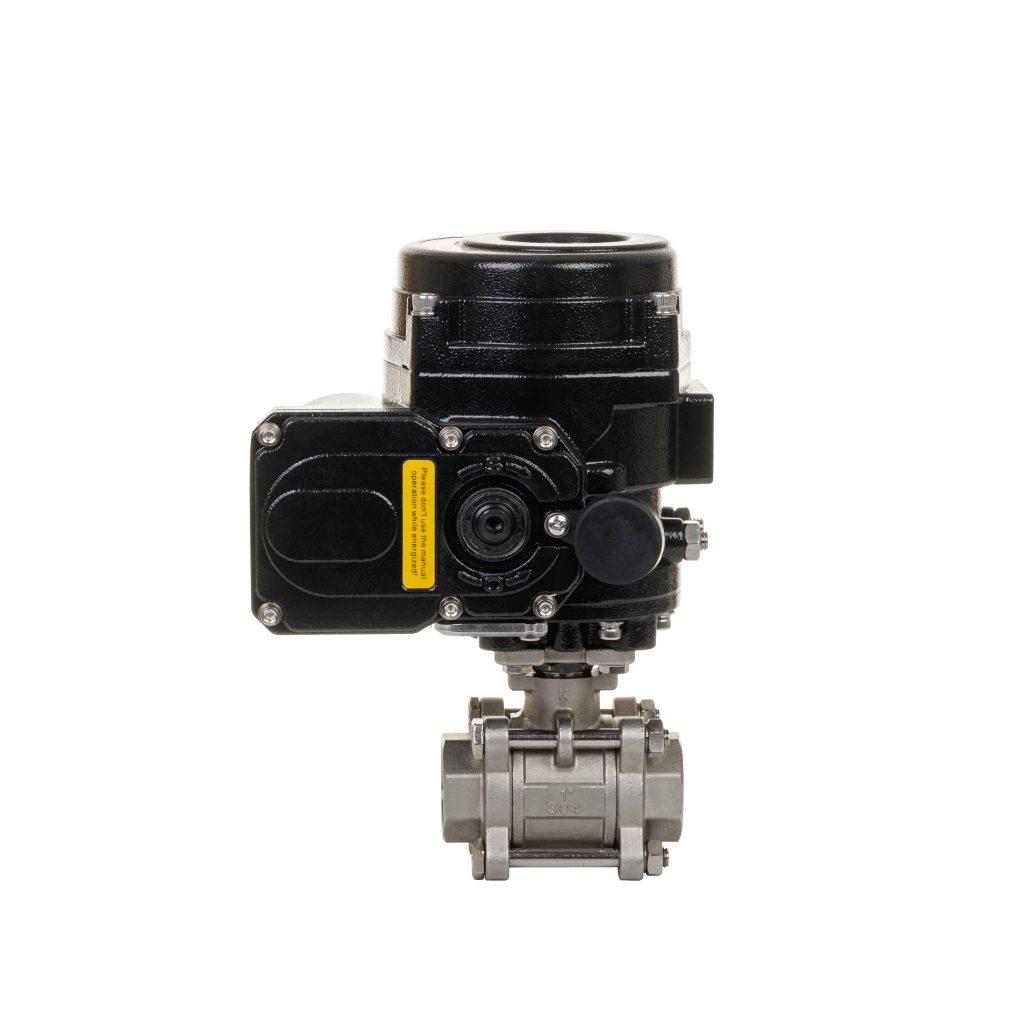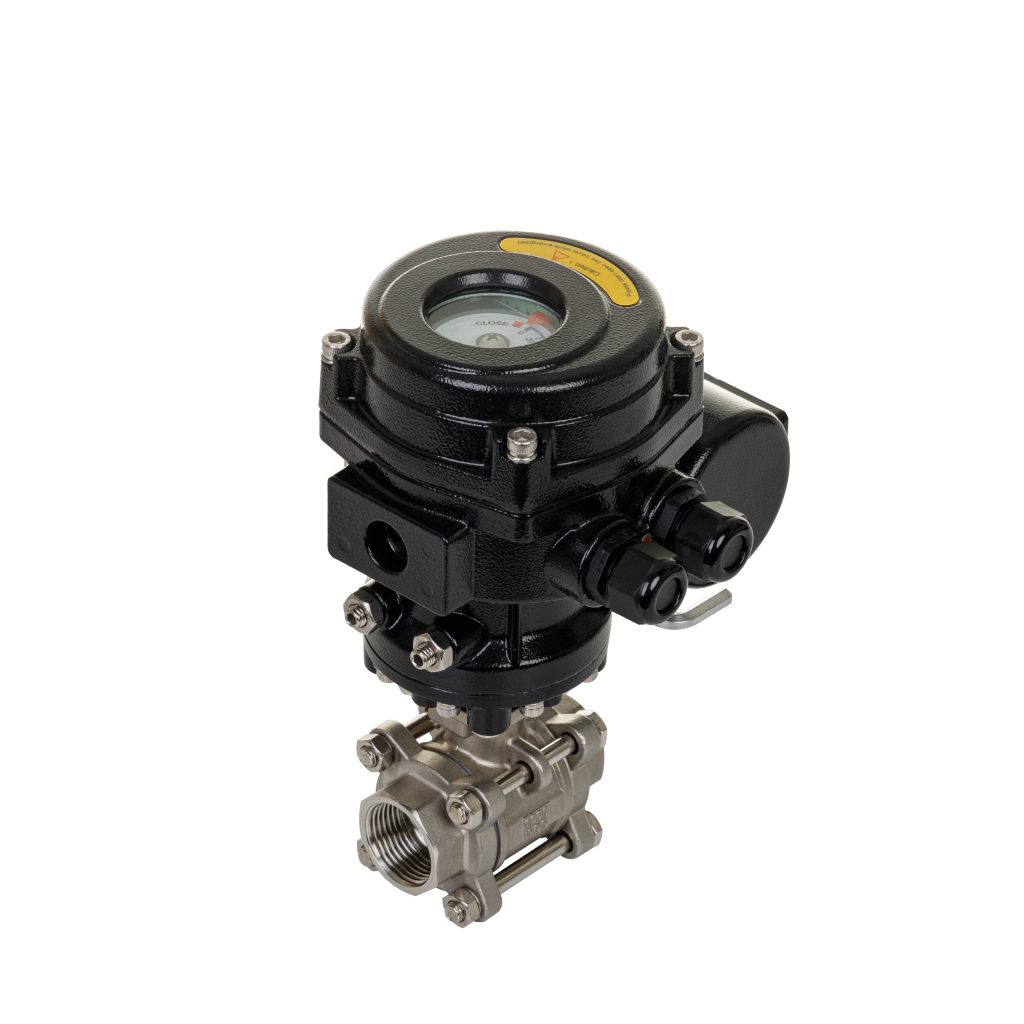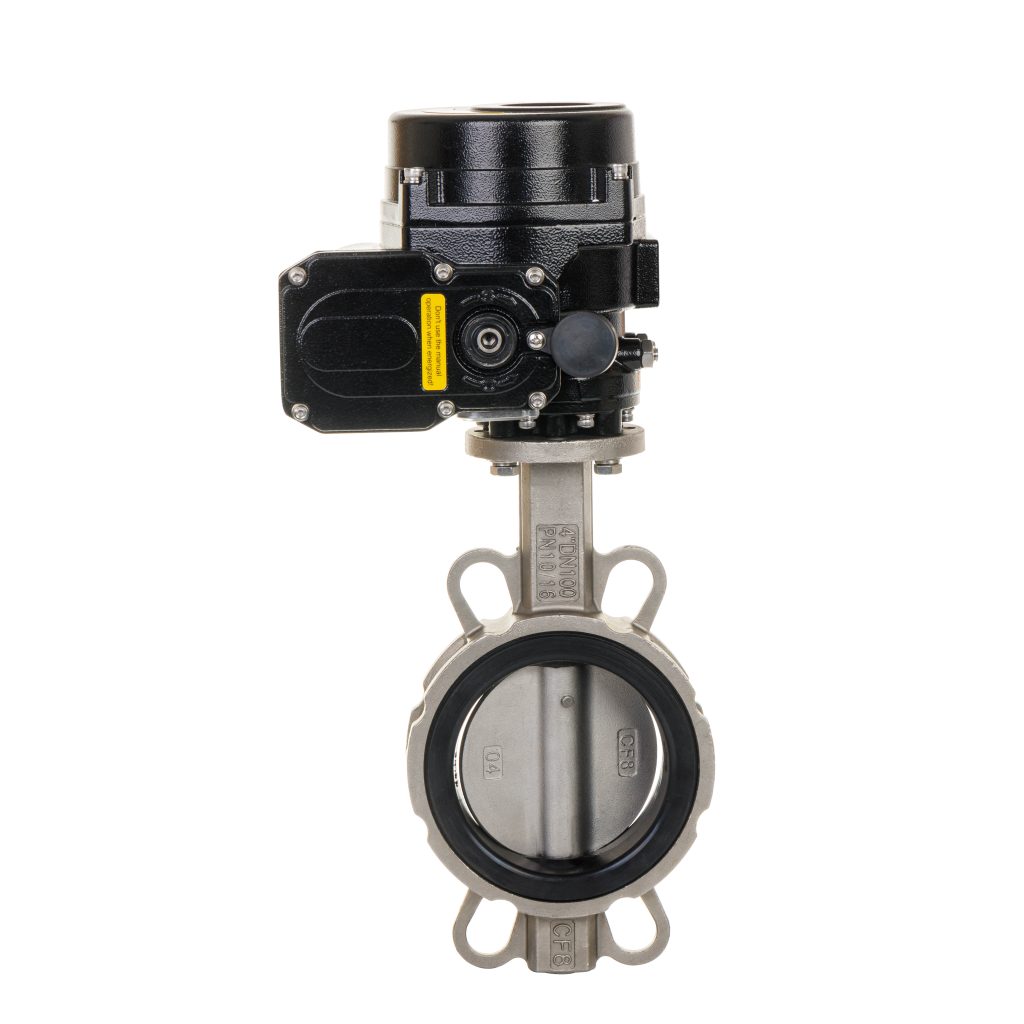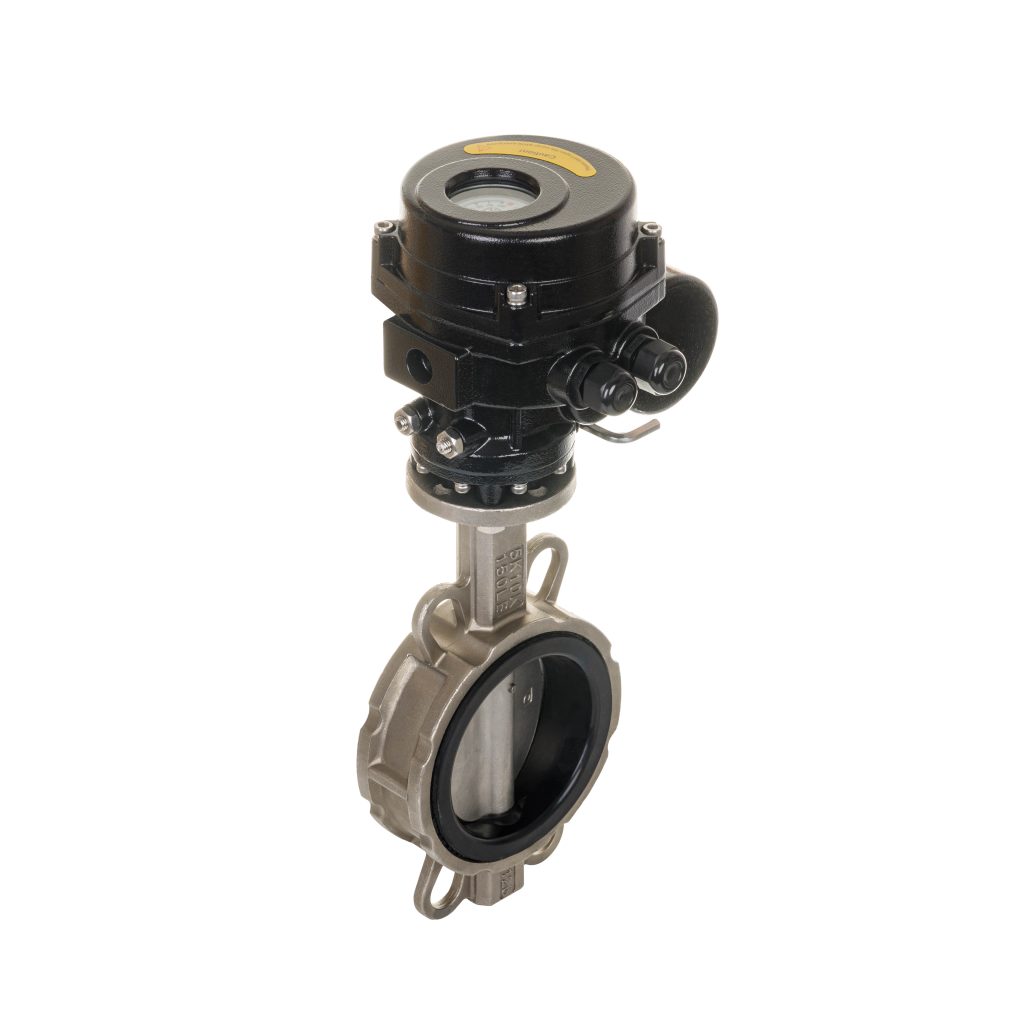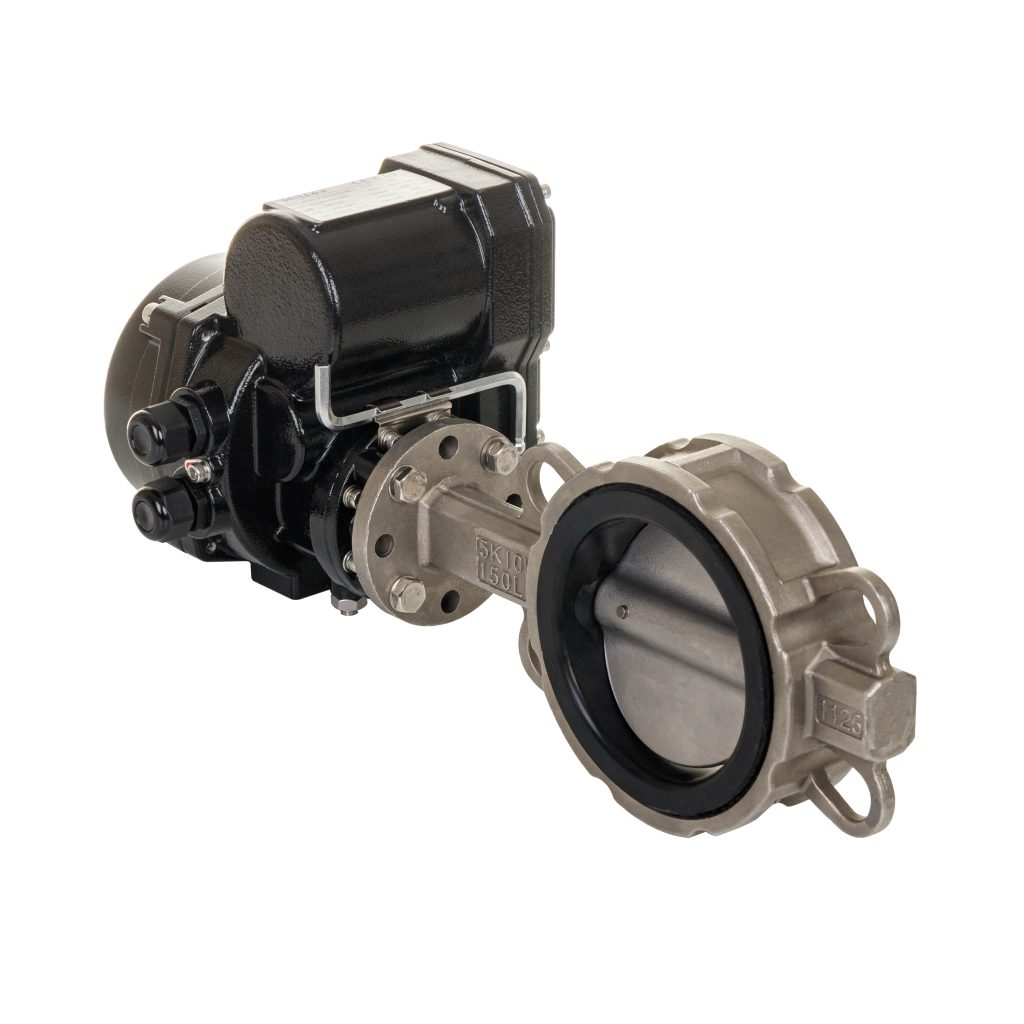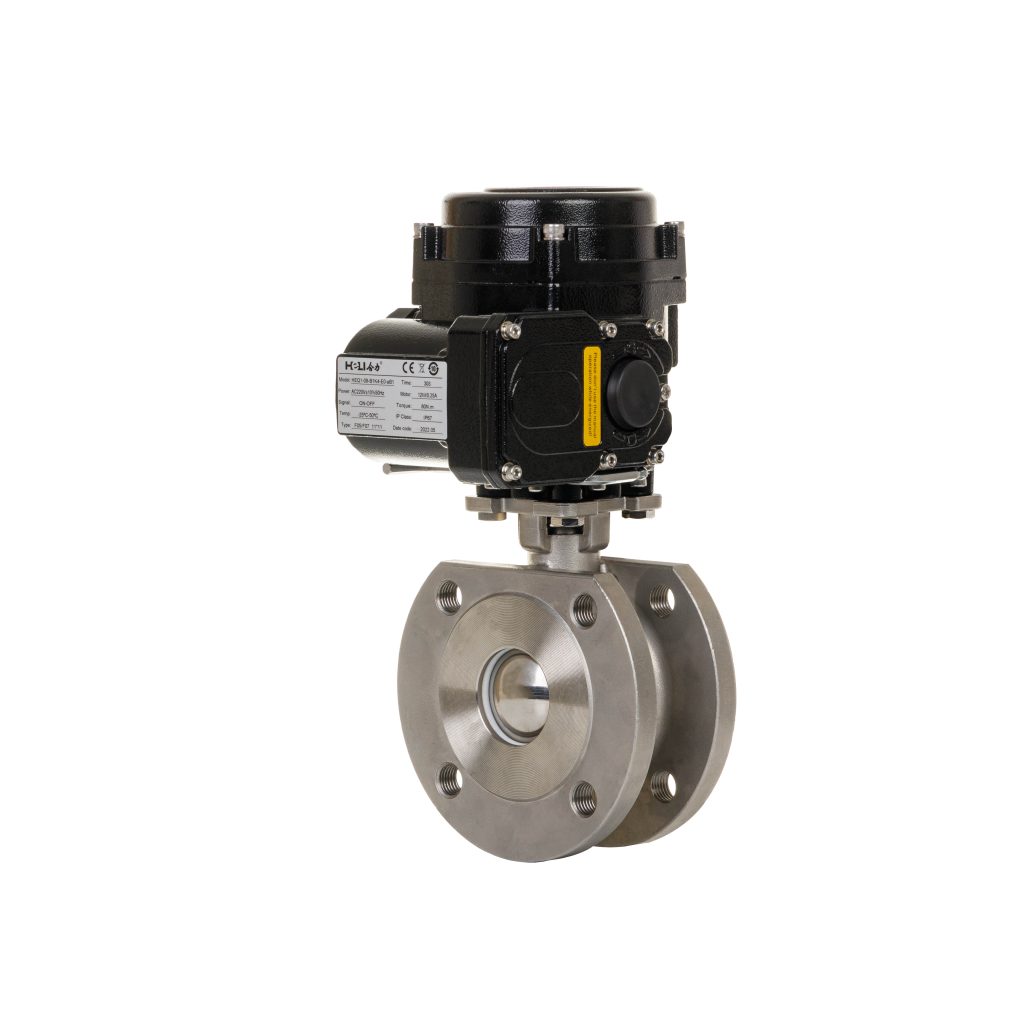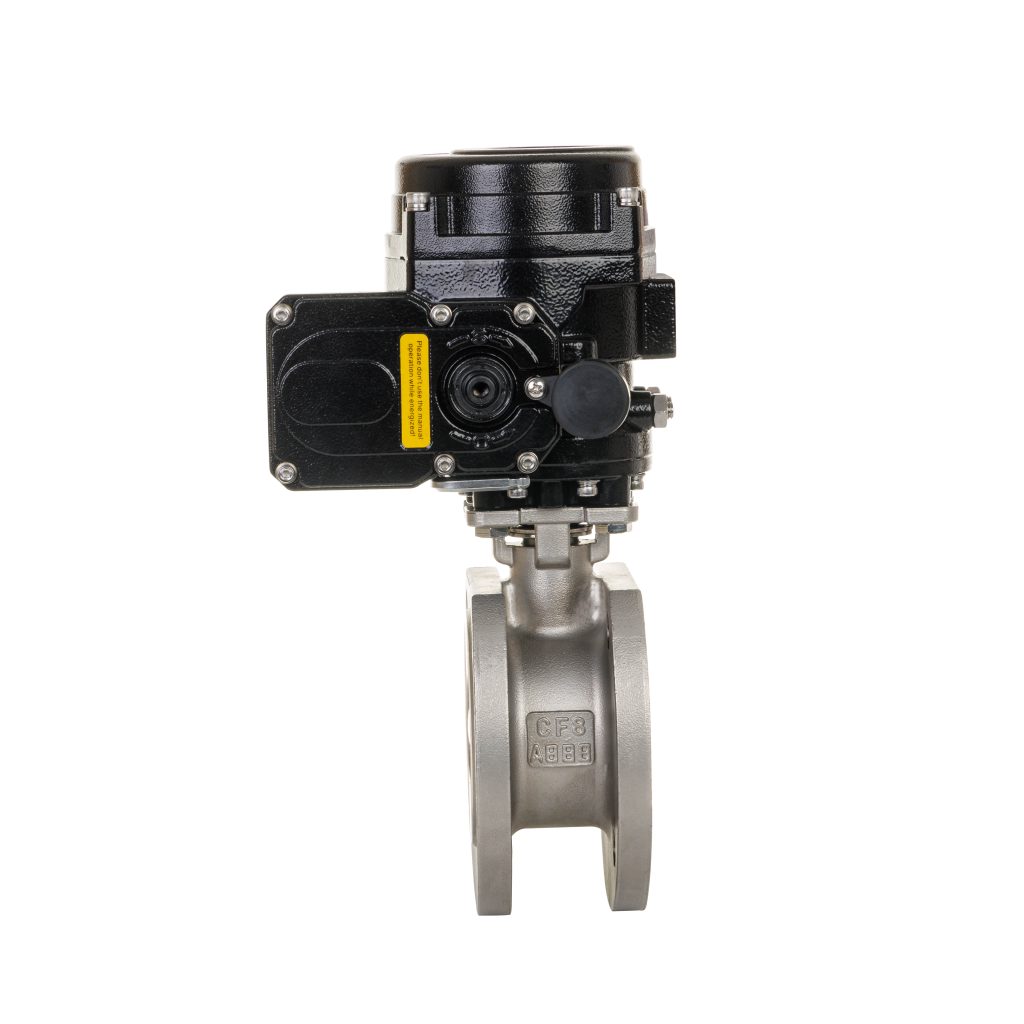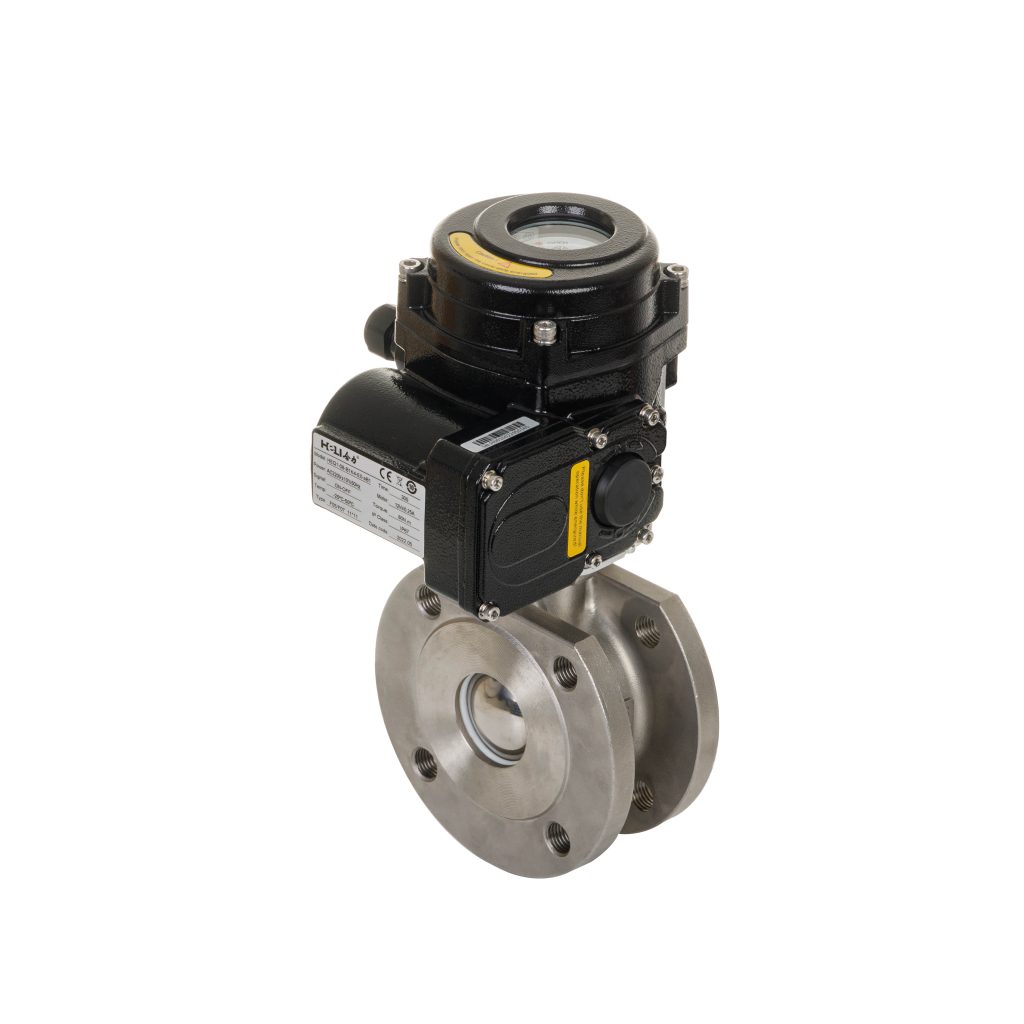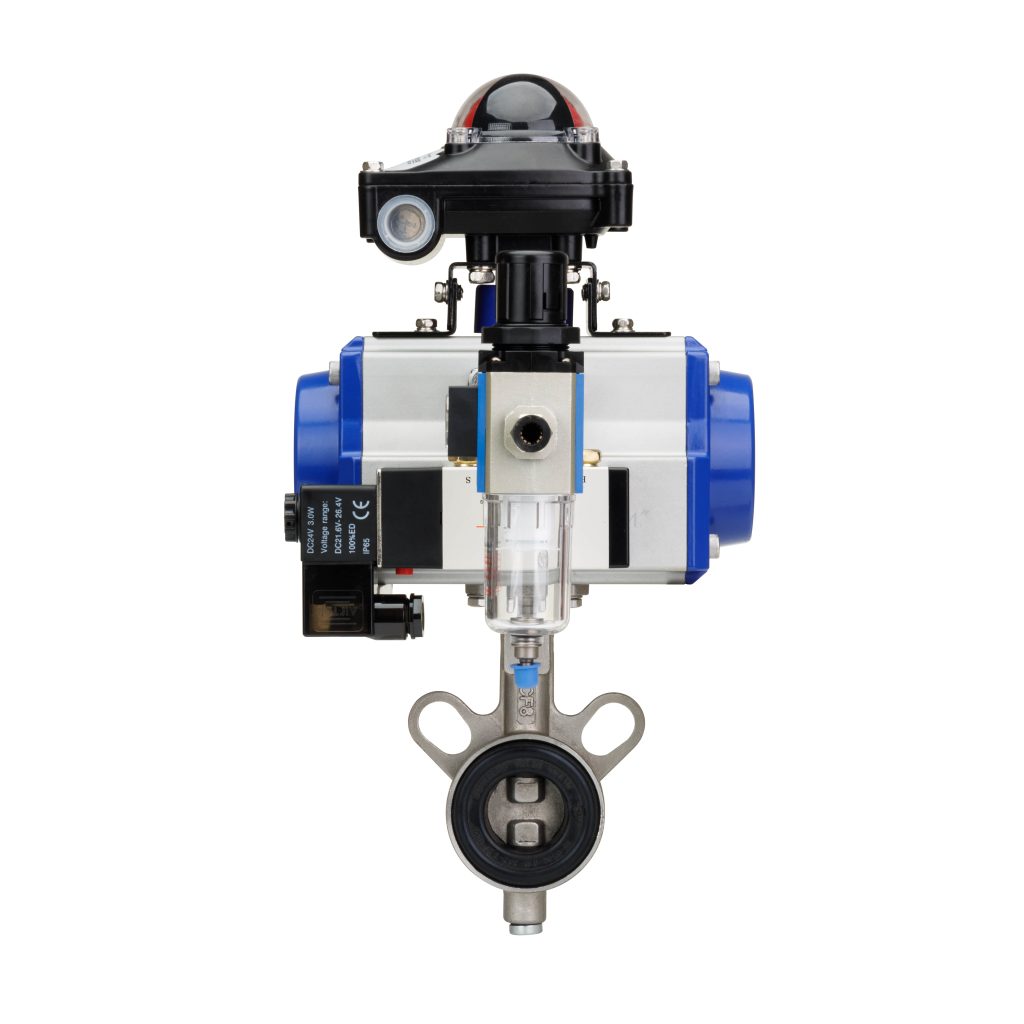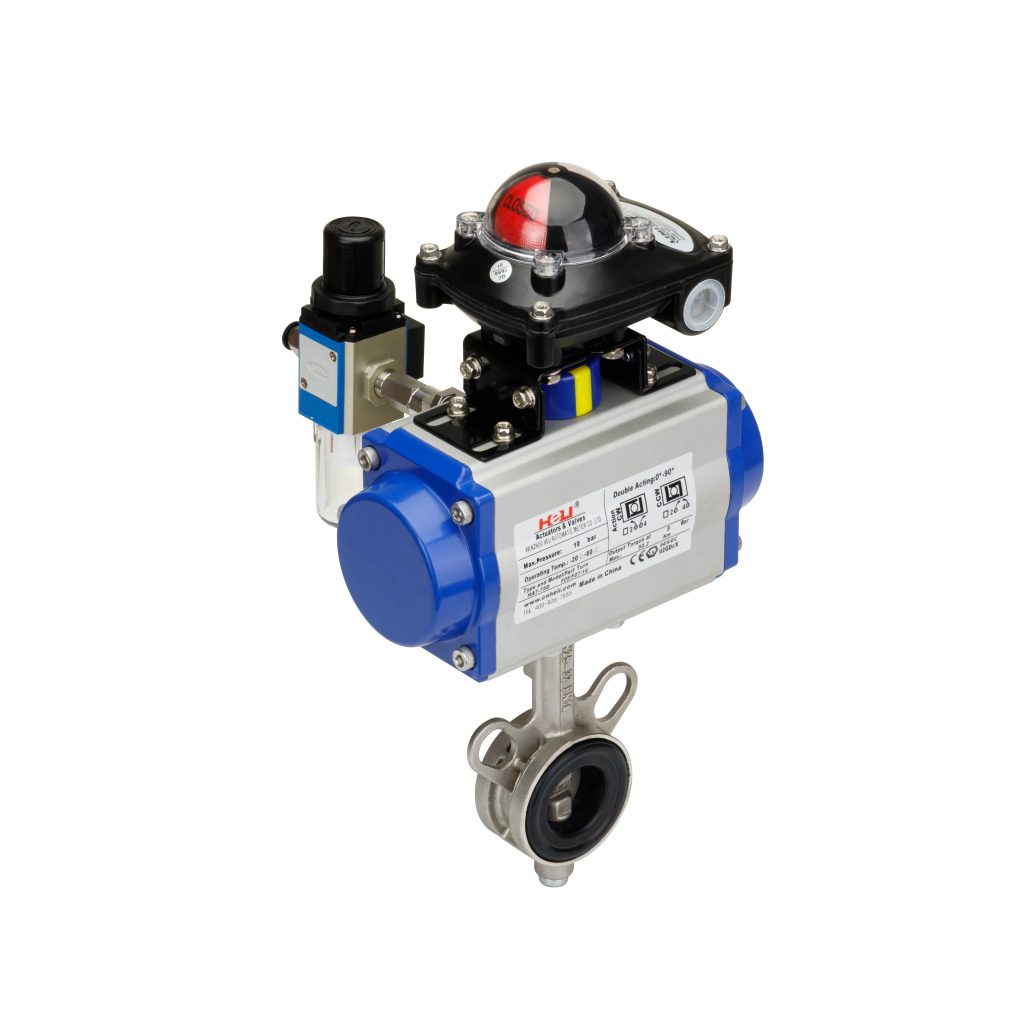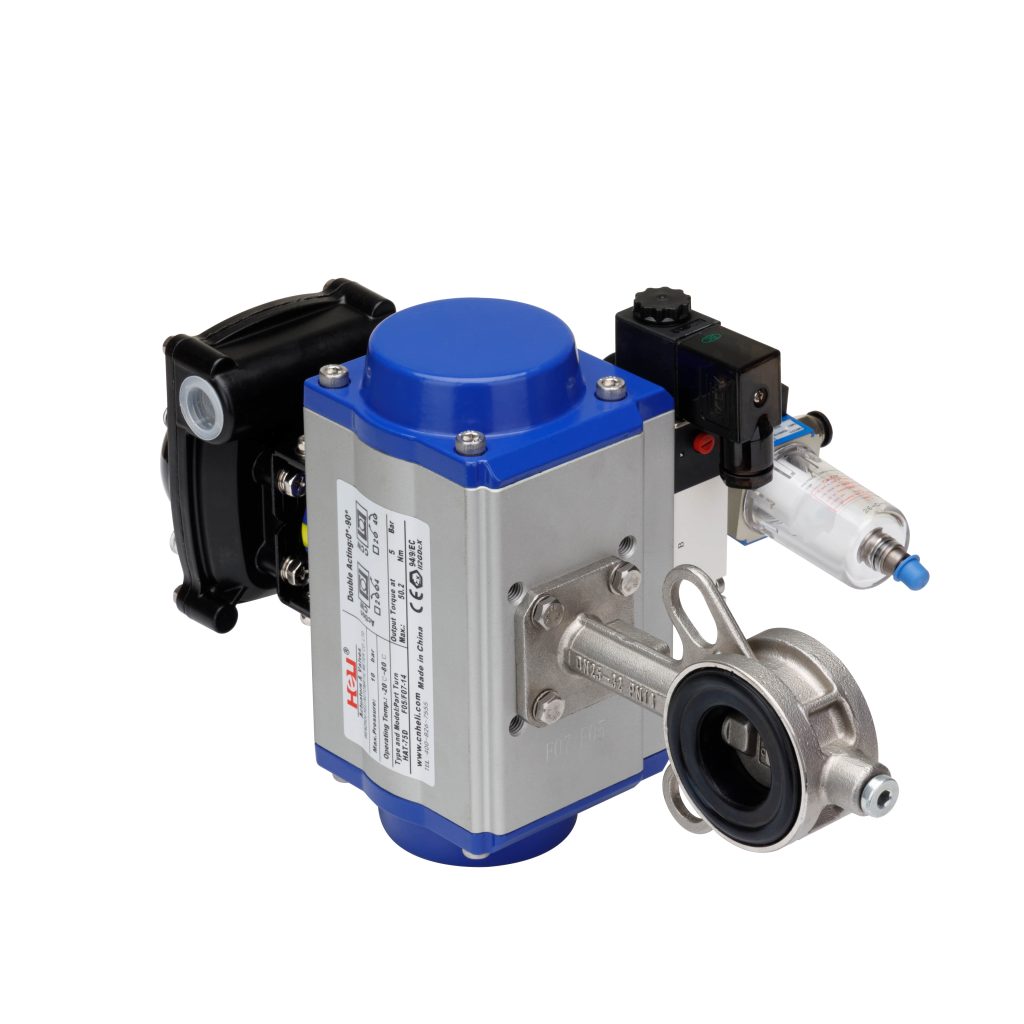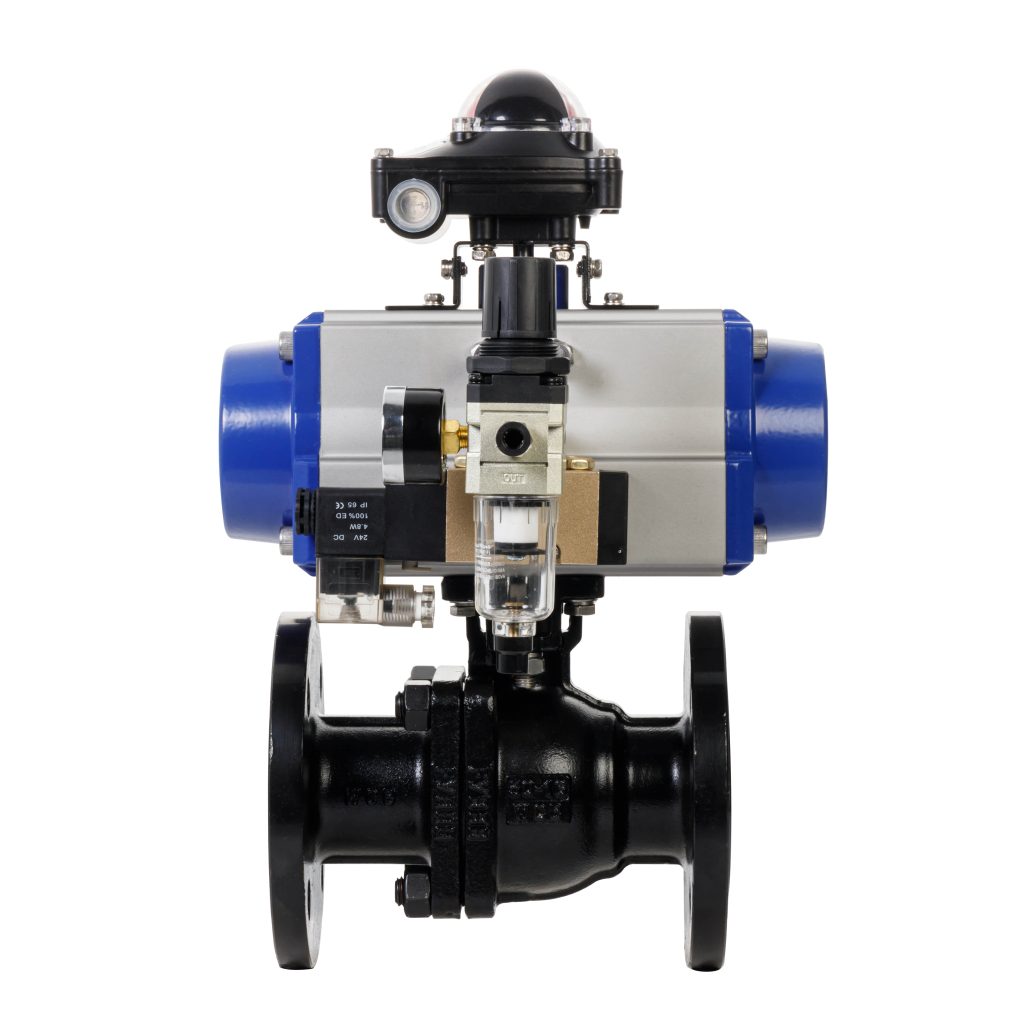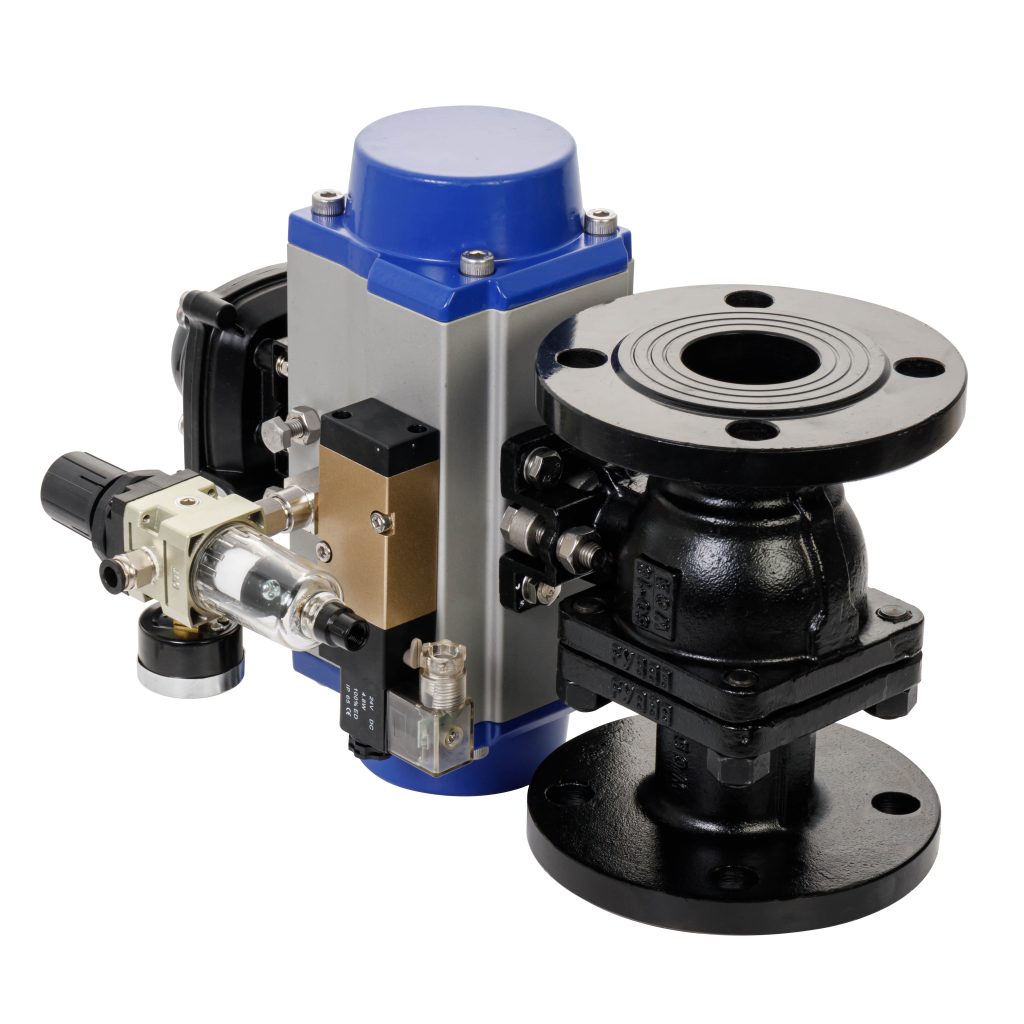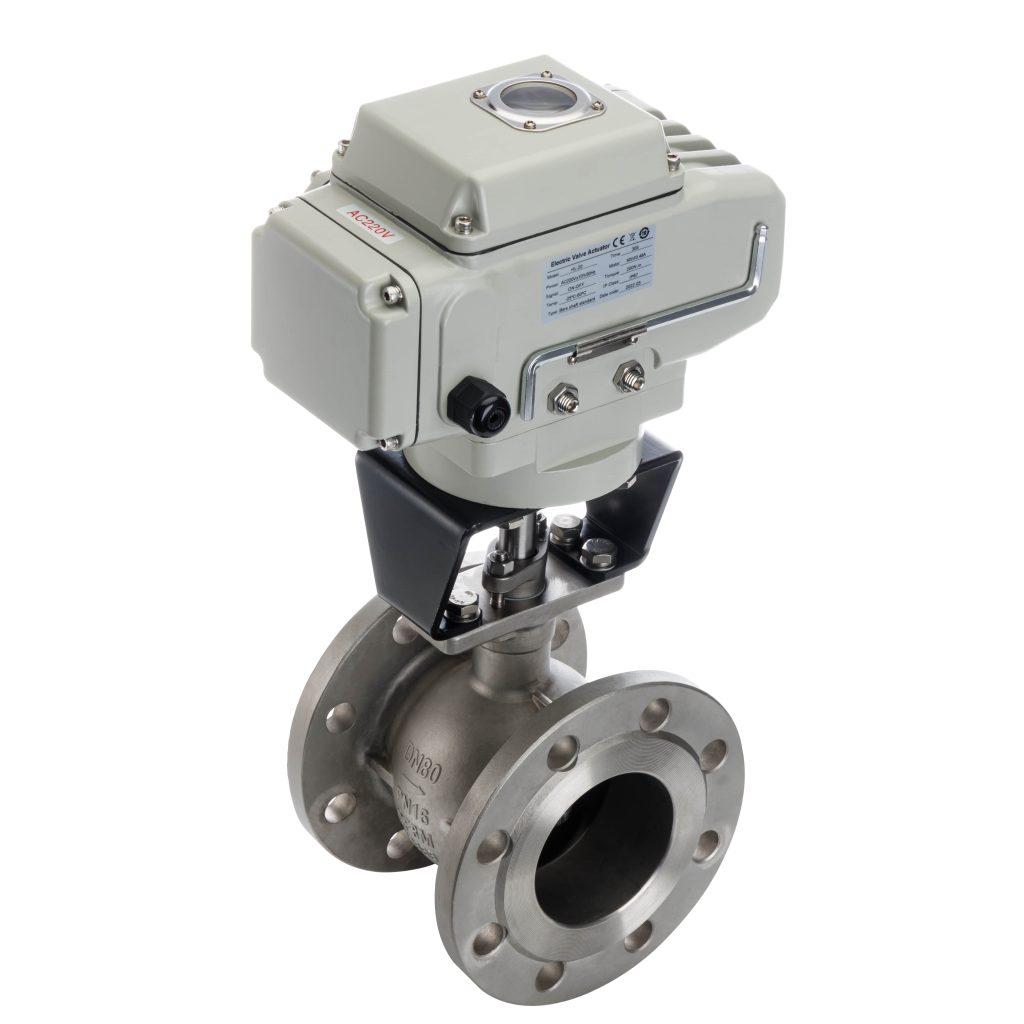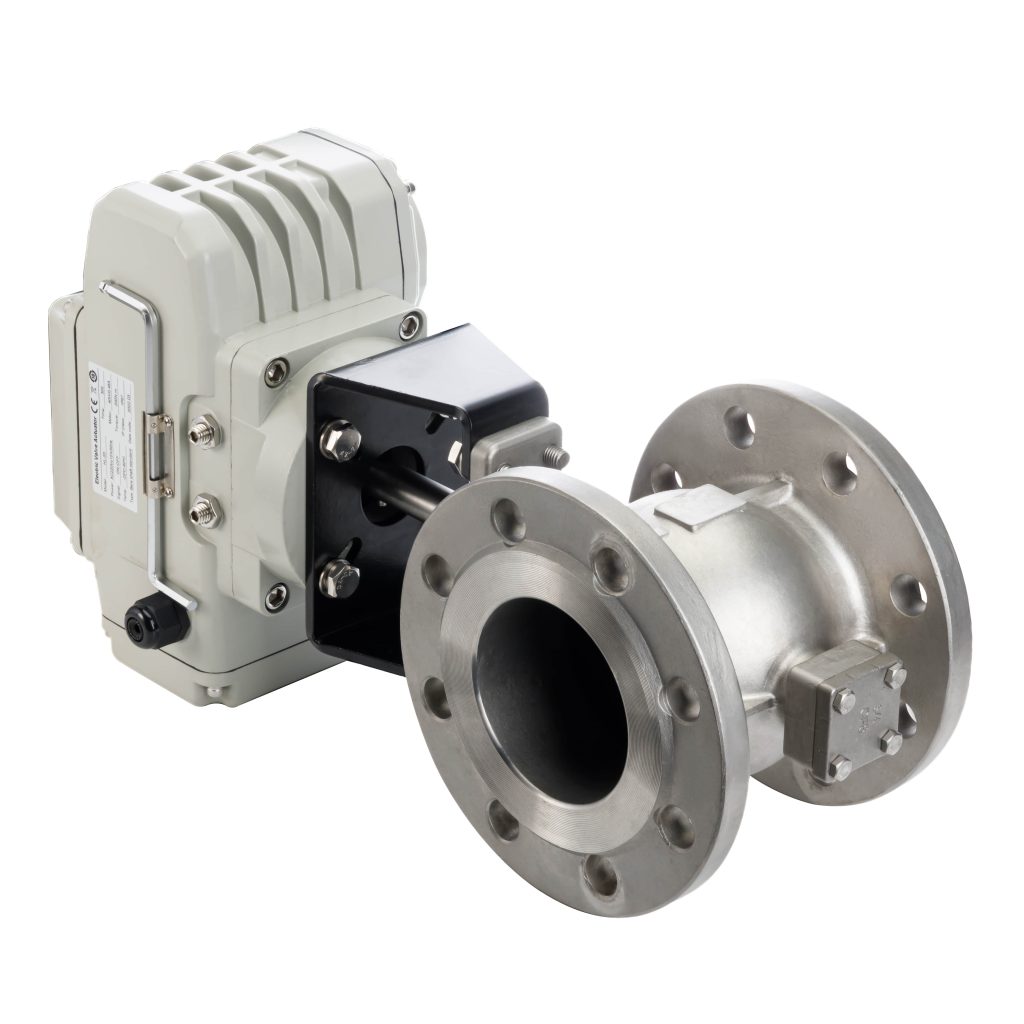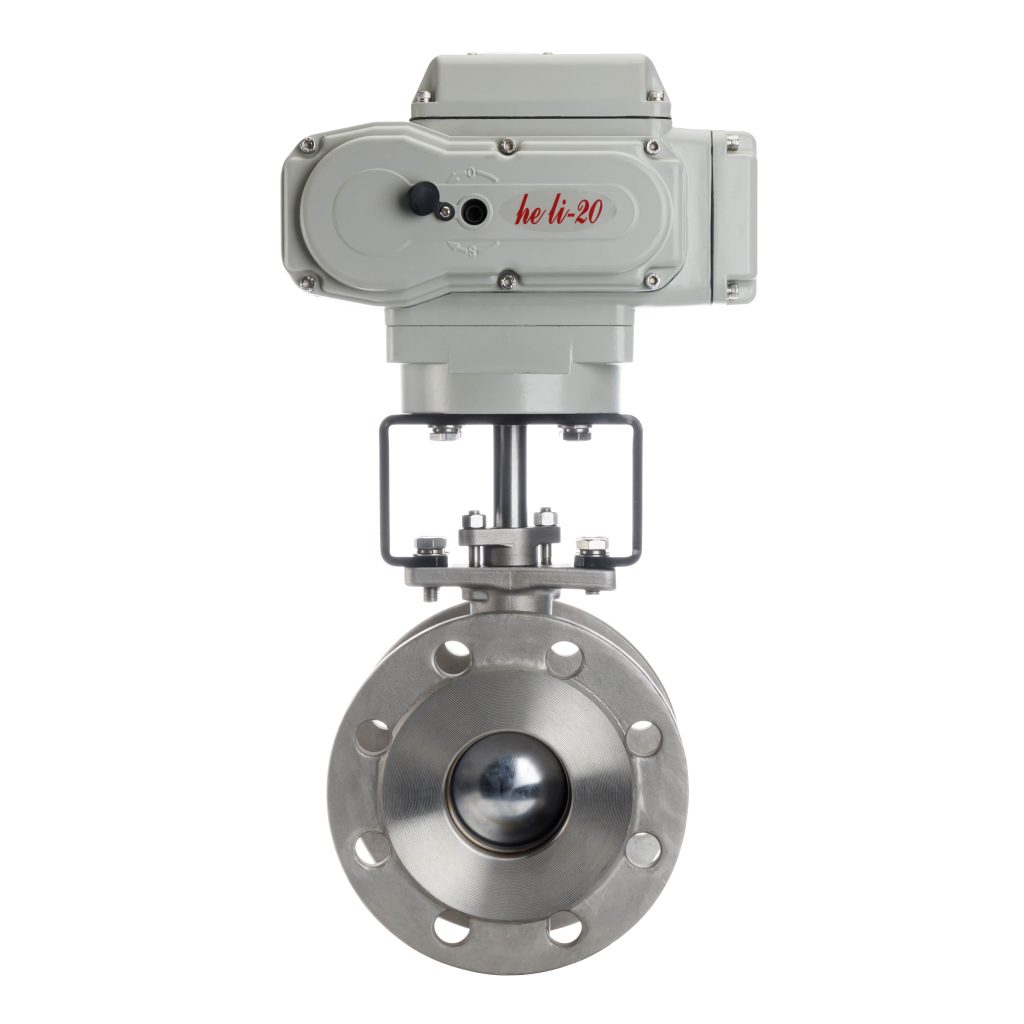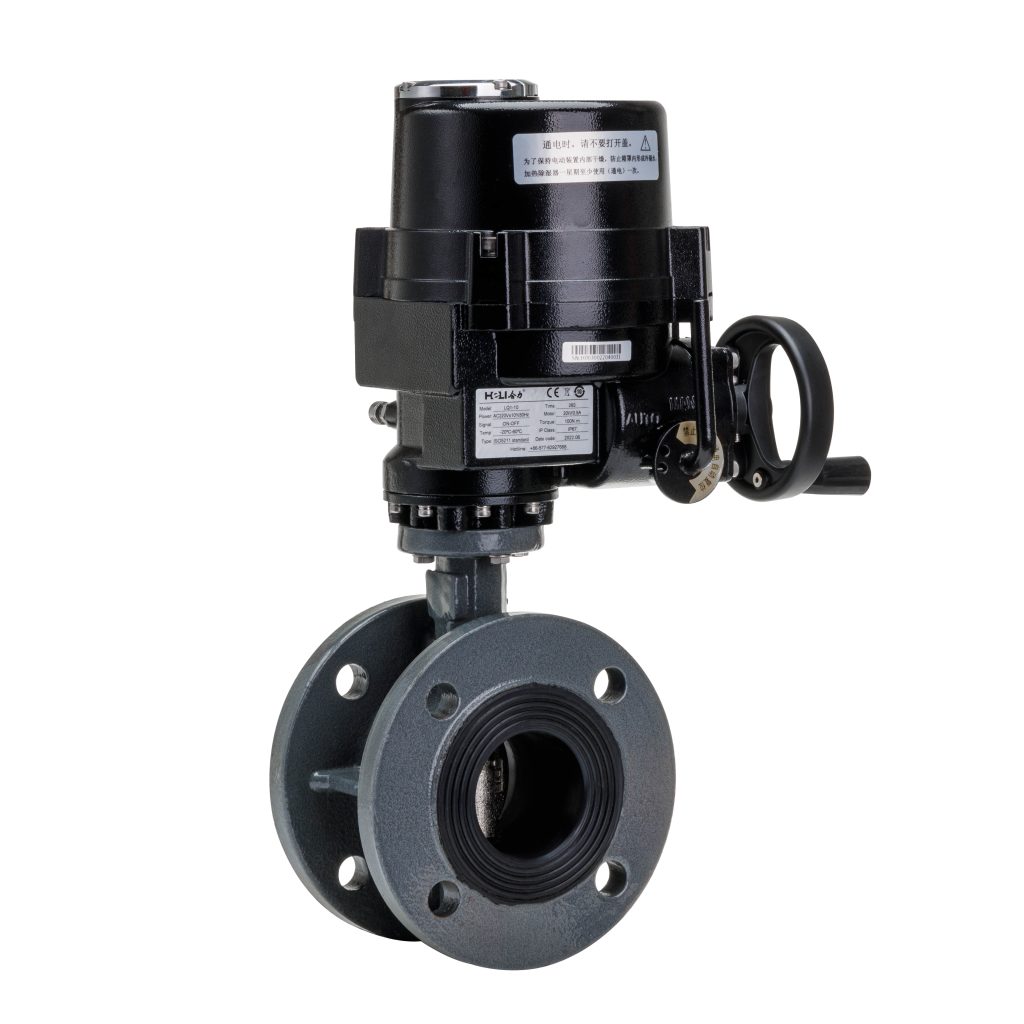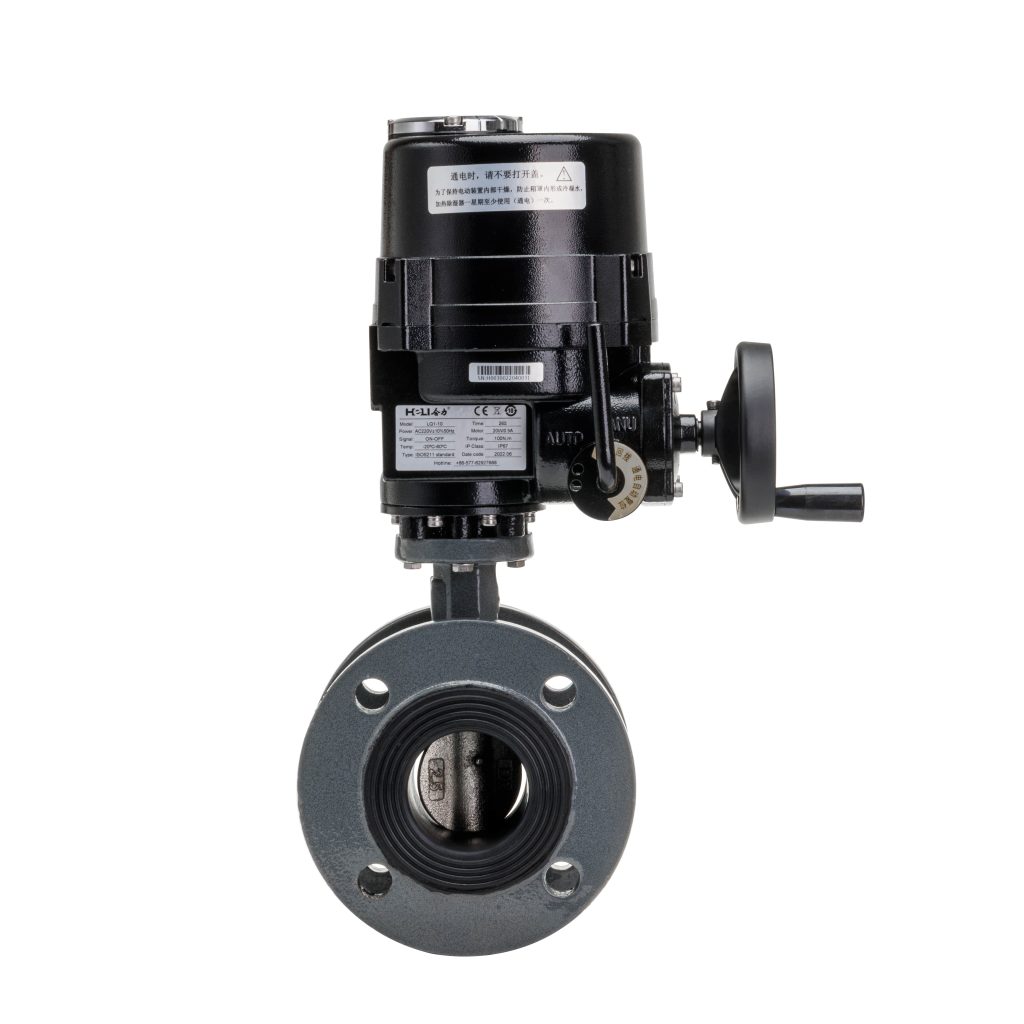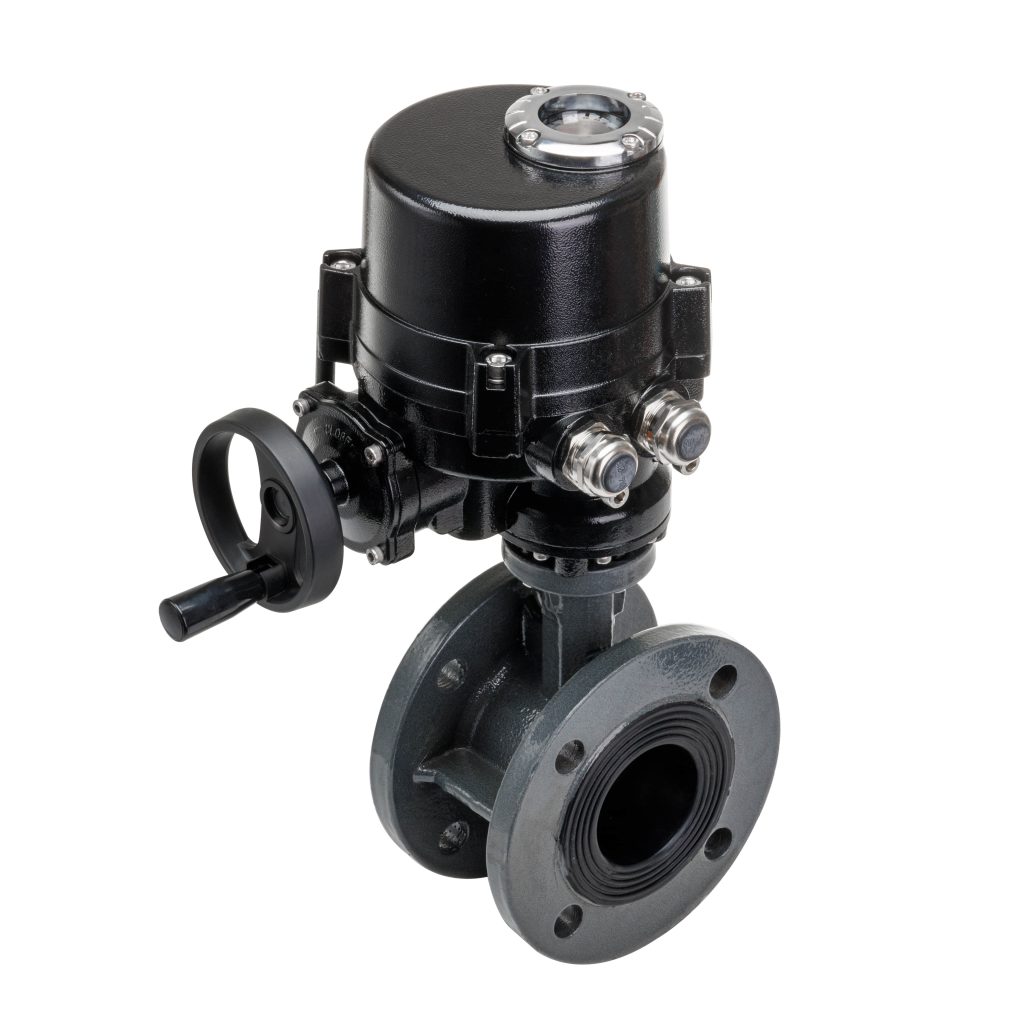The WCB Electric Single Seat Regulating Valve is a crucial component in modern industrial systems, specifically designed to ensure precise regulation of fluid or gas flow in a variety of applications. This type of valve is widely used in sectors such as power plants, water treatment facilities, chemical processing, and HVAC systems, providing enhanced control over the flow and pressure of media within pipes and pipelines. Its robustness and reliability make it a favored choice for industries that require accurate flow control and minimal maintenance.
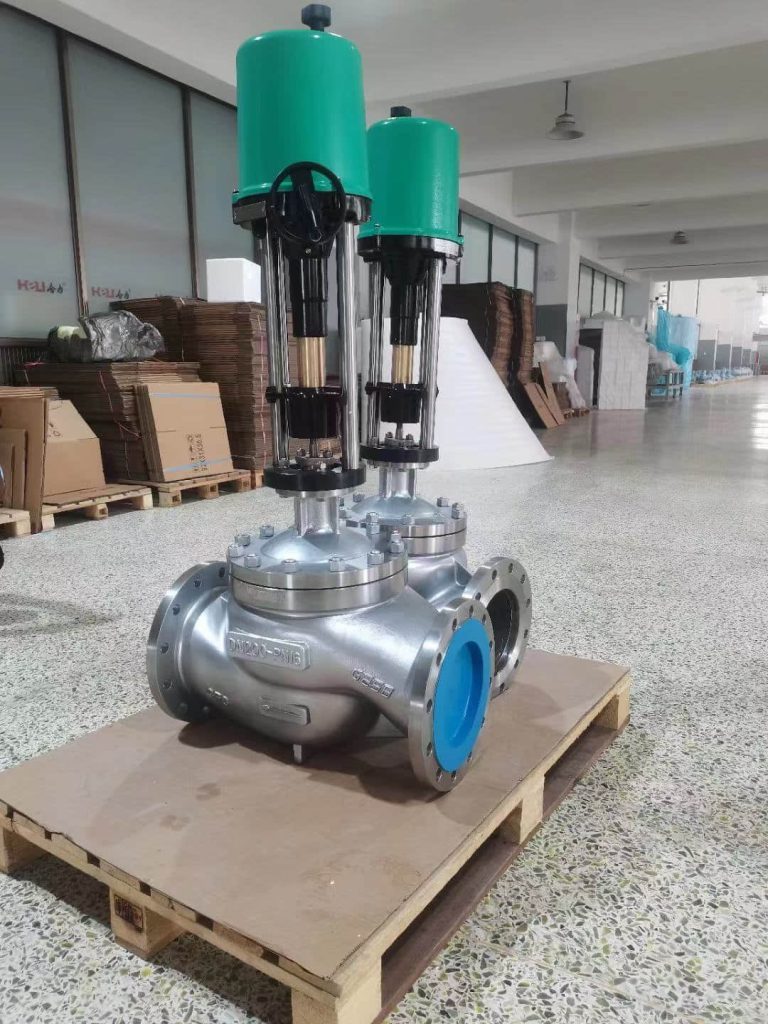
What is a WCB Electric Single Seat Regulating Valve? A WCB Electric Single Seat Regulating Valve is a type of control valve that features a single-seat configuration and is operated by an electric actuator. The valve is designed to manage the flow of fluids or gases by adjusting the position of its valve seat, which either opens or closes to control the flow rate. The “WCB” designation refers to the material used to construct the valve body—WCB, a cast carbon steel, is known for its strength and durability, making it suitable for handling demanding operational environments. The electric actuator, which is an integral part of the valve, uses electrical power to automatically adjust the valve’s opening based on the input signals received from a controller. This feature ensures that the valve operates with high precision, responding quickly and efficiently to changes in system conditions such as pressure, temperature, or flow rate.
